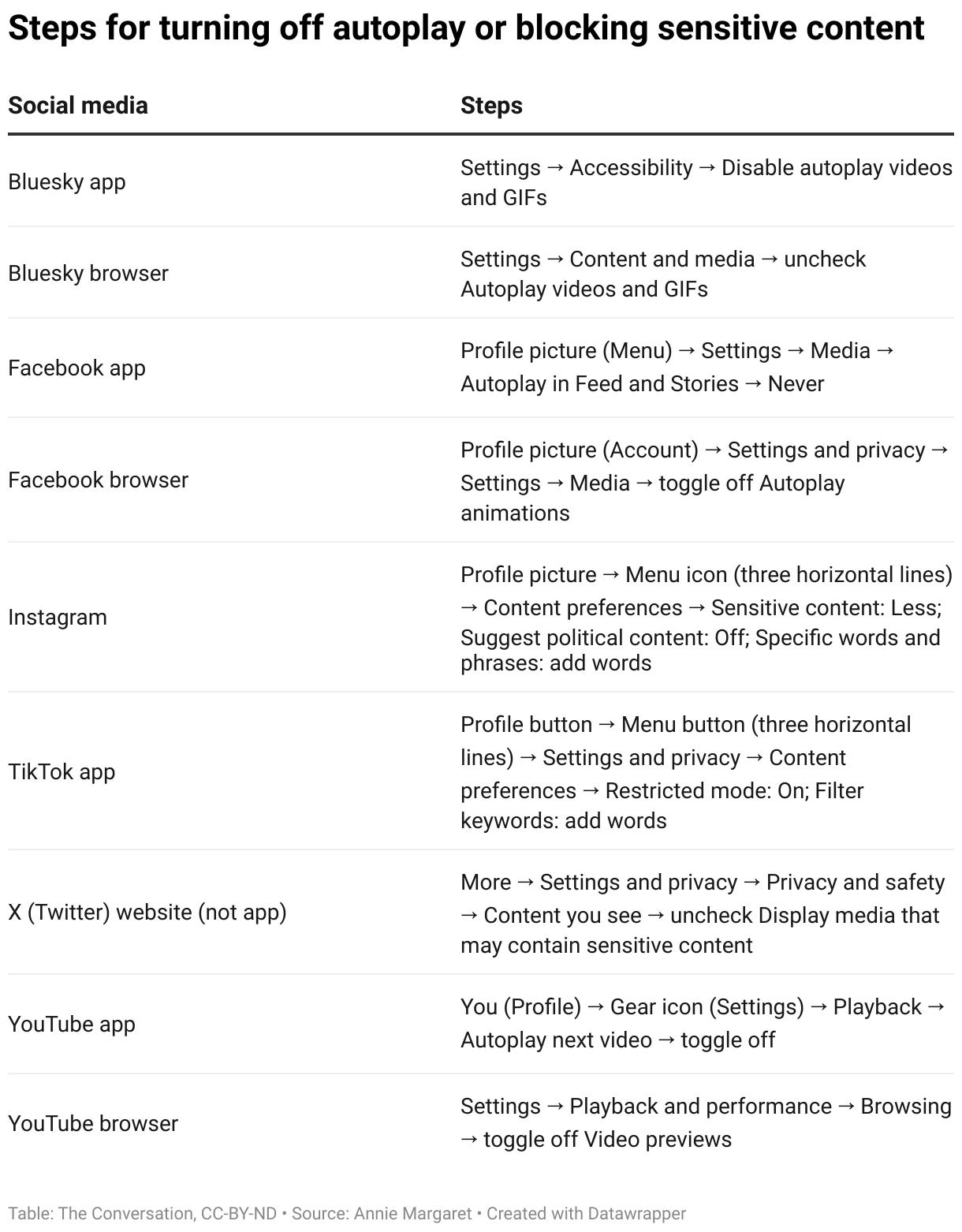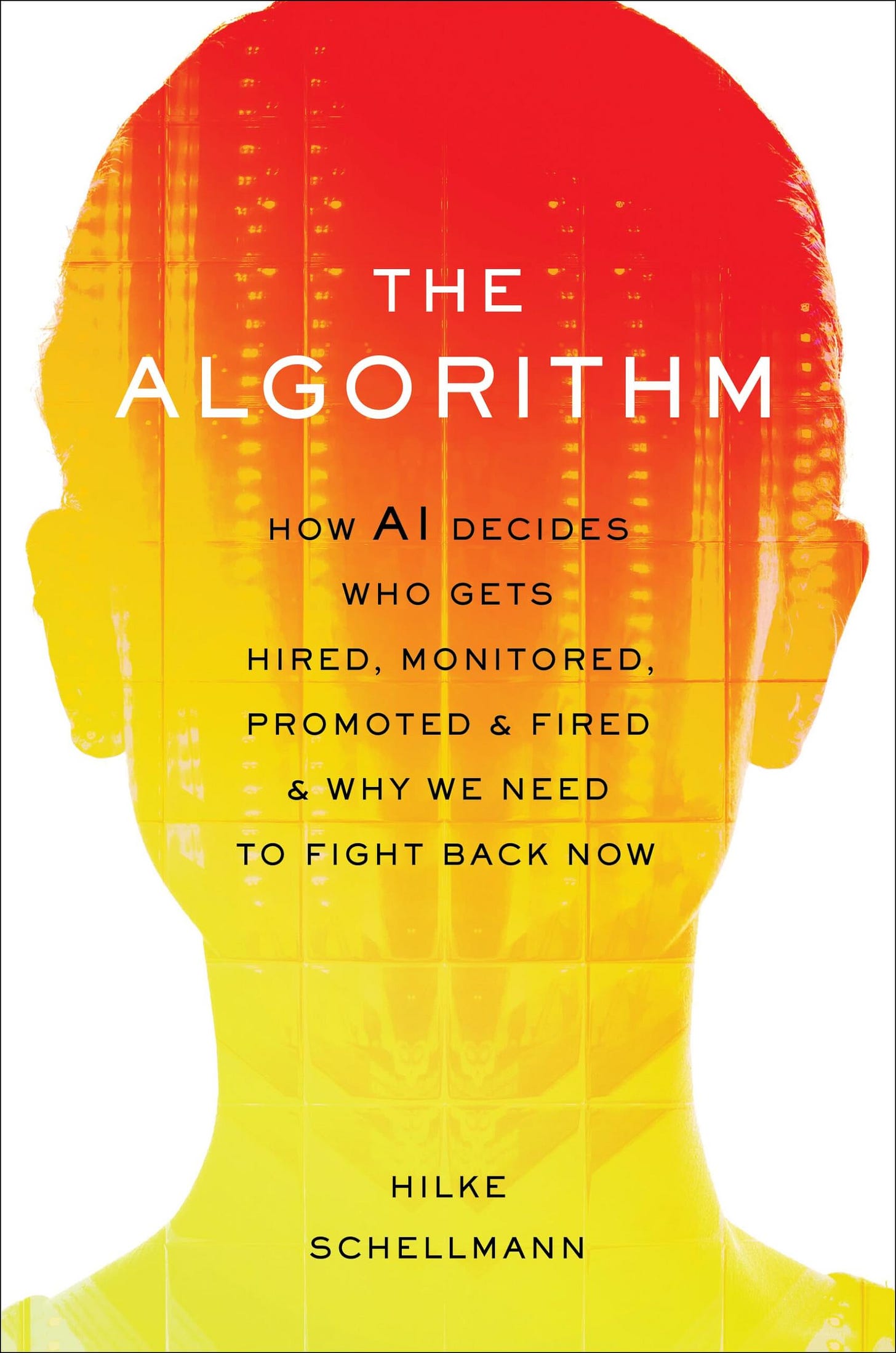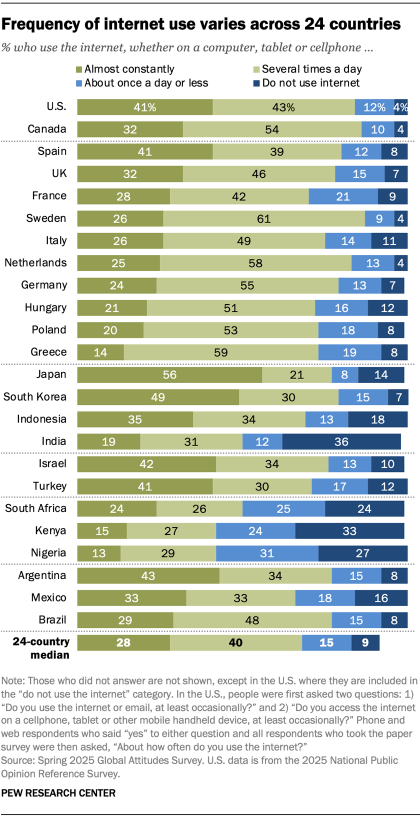The 280th Block: Meme war
Ma, the Gen Z are at it again
This week…
Your reading time is about 5 minutes. Let’s start.
 Tiktok failed to load.
Tiktok failed to load.Enable 3rd party cookies or use another browser
If you can’t watch the TikTok video by @/notkahnjunior, here’s are two screencaps:
Your Wikipedia this week: UwU (not to be confused with OwO)
And now, a selection of top stories on my radar, a few personal recommendations, and the chart of the week.
ICYMI: The Previous Block was about pseudolaw and a new world order.
CORRECTION NOTICE: None notified.POP CULTURE
From Indonesia to Nepal, anime pirate flag has become symbol of Asian Gen Z’s discontent
Hariz Baharudin for The Straits Times:
When a pirate flag was unfurled by protesters in Jakarta in July, most of Indonesia’s authorities did not know what to make of it. But many young people there instantly recognised what the toothy skull wearing a straw hat stands for – defiance and freedom.
The cartoonish skull on a black banner, once confined to Japanese anime fandom, has increasingly become a protest icon in parts of Asia.
First used in Indonesia, it has since appeared in Nepal and the Philippines. Its spread underlines how youth movements are increasingly borrowing from popular culture to express anger at corruption, censorship and state-backed violence.
In Indonesia, the flag was first seen waved by truckers opposing overloaded-vehicle rules and later at student and community protests. Its visibility surged after Aug 28, when 21-year-old motorcycle taxi rider Affan Kurniawan was crushed by a police tactical vehicle during clashes in Jakarta, an incident that fuelled some of the worst unrest in decades.
Officials in the country of 280 million have condemned its display alongside the national flag, called Sang Saka Merah Putih, with police seizing banners in several provinces.
By early September, the symbol had crossed borders. In Nepal, protesters adopted it during anti-corruption demonstrations that have escalated into deadly clashes since Sept 8, leaving at least 19 people dead and forcing Prime Minister K.P. Sharma Oli to resign.
Loosely linked:
From Discord to Bitchat, tech at the heart of Nepal protests by AFP via France24.
Why everyone’s suddenly talking about ‘Groypers’ by CK Smith for Salon.
‘Bella Ciao’ to ‘OwO’ - what the engravings on bullets in Charlie Kirk case may refer to by Torin Gillies and Rachel McGrath for Sky News.
Gamergate was a warning that the media failed to heed by Ren LaForme and Alex Mahadevan for Poynter.
Albania’s prime minister appoints an AI-generated ‘minister,’ Diella, to tackle corruption by Llazar Semini for AP.
CONTENT MODERATION
How to avoid seeing disturbing content on social media
Annie Margaret (University of Colorado Boulder) for The Conversation:
Research shows that repeated exposure to violent or disturbing media can increase stress, heighten anxiety and contribute to feelings of helplessness. These effects are not just short-term. Over time, they erode the emotional resources you rely on to care for yourself and others.
Protecting your attention is a form of care. Liberating your attention from harmful content is not withdrawal. It is reclaiming your most powerful creative force: your consciousness.
Just as with food, not everything on the table is meant to be eaten. You wouldn’t eat something spoiled or toxic simply because it was served to you. In the same way, not every piece of media laid out in your feed deserves your attention. Choosing what to consume is a matter of health.
And while you can choose what you keep in your own kitchen cabinets, you often have less control over what shows up in your feeds. That is why it helps to take intentional steps to filter, block and set boundaries.
Text version of the image above is in the original link. Loosely linked:
French lawmaker calls for criminal inquiry into TikTok’s effect on children by Angelique Chrisafis for The Guardian.
Snapchat allows drug dealers to operate openly on platform, finds Danish study by Miranda Bryant for The Guardian.
Widespread availability of graphic Charlie Kirk shooting video shows content moderation challenges by Barbara Ortutay and Kelvin Chan for AP.
Other curious links, including en español et français
LONG READ | The Russian ascetic who reached for immortality by Erin Clare Brown for New Lines Magazine.
ILLUSTRATION | A Chinese exile’s brush with bureaucracy by Ai Weiwei with intro by Nick Hilden and illustration by Gianluca Costantini for Al Jazeera.
Historia de la palabra ‘genocidio’, el vocablo que la guerra en Palestina ha hecho polémico por Irene Hdez. Velasco en El Confidenial.
Milei intensifica su agenda ultra tras la derrota electoral en las legislativas de Buenos Aires por Mercedes López San Miguel en elDiario.es.
El modelo chino de identidad digital: ¿tecnología para una dictadura como servicio? por Fernando Maldonado en Retina.
« Bloquons tout » : comment Ici Alsace a préparé sa couverture de la mobilisation du 10 septembre par Tom Sallembien dans La revue des médias.
« Grande muraille » virtuelle : la Chine vend un kit de censure aux pays autoritaires par Sopphie Kloetzli dans Usbek & Rica.
Amusement ou débauche ? Les soirées Dior en Afrique de l’Ouest, quand la fête vire au scandale par David Rich dans France24.
What I read, listen, and watch
I’m reading The Algorithm (2024) by Hilke Schellman on how AI is used in HR, from hiring to firing, and everything in between. (It’s depressing.)
I’m listening to how the scientific community fights back against researh misconduct by Nature Podcast.
I’m watching Al Jazeera’s documentary on how Germany’s fight against anti-Semitism is empowering the far right.
Chart of the week
Most adults across 24 countries are online at least several times a day, according to a Pew Research Center survey from this spring.
We are very online, but not all of us are so chronically online to understand every meme reference and every Internet phenomenon. But today you would have at least been up to date about groypers, the difference between UwU and OwO, a pirate flag from a popular anime, and most breathtakingly, how a federal election was held on Discord in Nepal.






